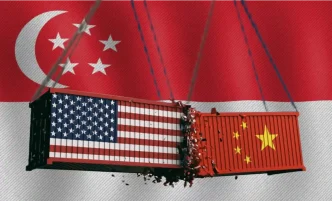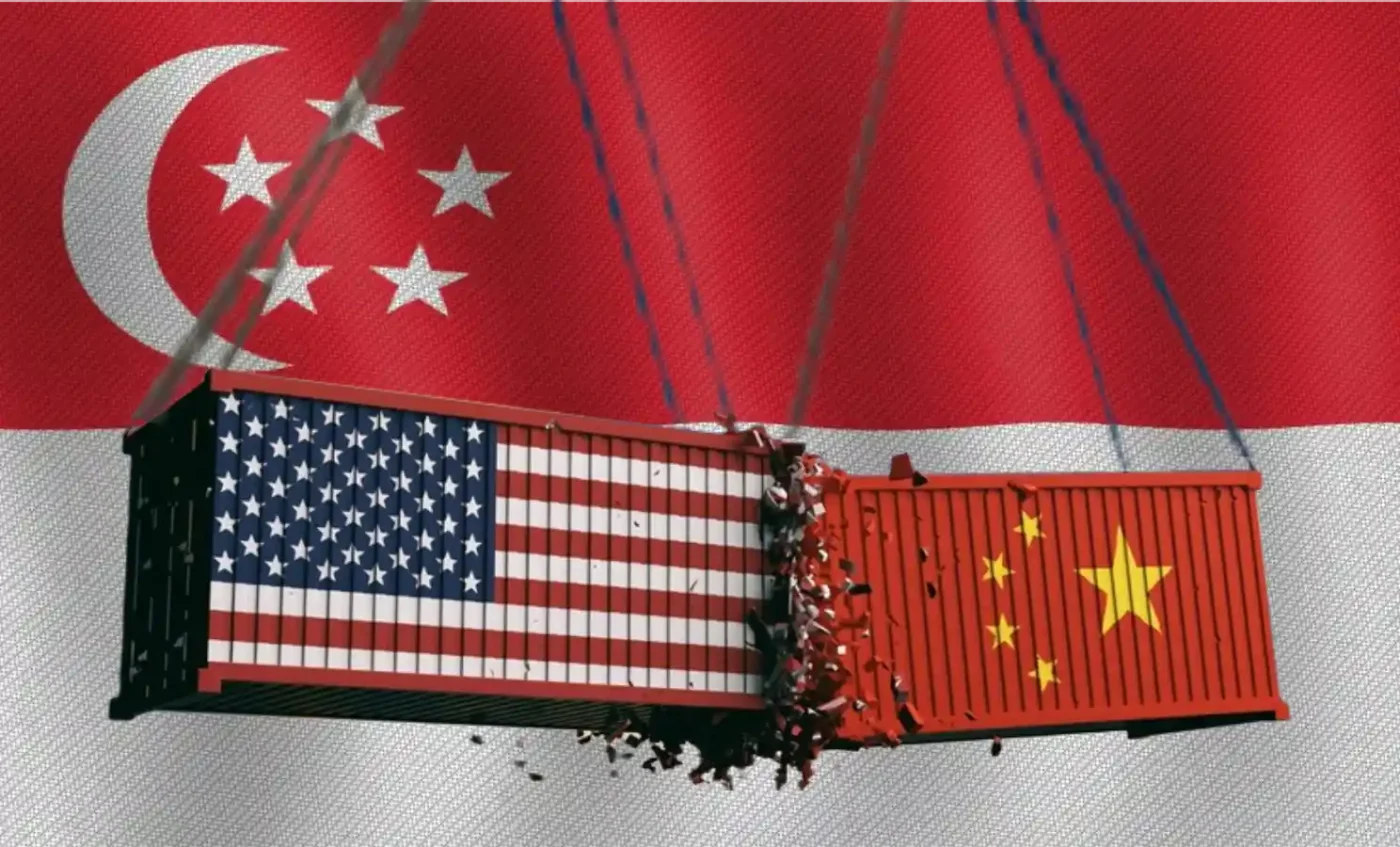Singapore’s construction industry, a critical pillar of the city-state’s economy, is grappling with fresh uncertainties as US tariffs on imported materials cast a shadow over project costs and timelines. Despite a temporary truce in the broader US-China trade war, the lingering effects of tariffs imposed on steel, aluminum, and other construction inputs are creating ripple effects across South East Asia’s economic hub. Industry leaders warn that these pressures could delay major infrastructure projects and squeeze profit margins for contractors already navigating a competitive market.
Impact of US Tariffs on Material Costs
The US tariffs, initially introduced as part of a broader trade conflict, have driven up the cost of key construction materials like steel and aluminum, which Singapore heavily relies on for its ambitious urban development projects. While the city-state does not directly produce these materials, it imports significant quantities from global suppliers affected by the tariffs. According to industry estimates, the cost of steel has risen by nearly 20% over the past year, with contractors absorbing much of the burden to remain competitive in public tenders.
A spokesperson for a leading construction firm in Singapore noted, “We’re seeing a direct impact on our bottom line due to these tariffs” said the representative. “Even with a trade truce in place, the uncertainty around future policy shifts keeps us on edge.”
Smaller firms, in particular, are struggling to cope. Many lack the financial buffers to absorb cost increases, forcing them to either pass on expenses to clients—risking contract losses—or operate at thinner margins. This dynamic threatens to disrupt Singapore’s reputation for delivering projects on time and within budget, a hallmark of its global competitiveness.
Broader Economic Context and Regional Implications
Singapore’s construction sector contributes approximately 4% to the nation’s GDP, with ongoing projects like the Tuas Mega Port and the expansion of Changi Airport seen as linchpins of long-term economic growth. However, the tariff-induced cost pressures come at a time when the industry is already navigating challenges such as labor shortages and post-pandemic supply chain disruptions. The added strain from global trade policies could undermine confidence in the sector’s ability to meet deadlines for these flagship initiatives.
Regionally, the impact of US tariffs extends beyond Singapore. Neighboring countries like Malaysia and Thailand, which supply raw materials and labor to Singapore’s construction industry, are also feeling the pinch. In Thailand, for instance, exporters of processed steel products have reported a drop in orders as Singaporean firms scale back purchases to manage costs. This interconnectedness highlights how global trade policies can reverberate through South East Asia’s tightly linked economies.
Government and Industry Responses
The Singapore government has acknowledged the challenges facing the construction sector and is exploring measures to mitigate the impact of rising costs. The Building and Construction Authority (BCA) has hinted at potential subsidies or incentives for firms adopting cost-saving technologies, such as modular construction techniques that reduce reliance on imported materials. Additionally, there are discussions about diversifying supply chains to source materials from countries less affected by US tariffs, though such shifts could take years to implement effectively.
Industry players, meanwhile, are calling for more immediate support. Trade associations have urged the government to provide temporary relief through tax breaks or direct financial assistance for small and medium-sized enterprises (SMEs) in the construction space. “Without intervention, we risk losing a significant portion of our SME contractors, who are the backbone of many local projects” said a representative from the Singapore Contractors Association Ltd.
Some firms are also exploring alternative materials or renegotiating contracts to include cost-escalation clauses, though such measures are not without risks. Clients, particularly in the public sector, may resist adjustments to agreed-upon budgets, potentially leading to disputes or project delays.
Global Trade Dynamics and the Trade War Truce
The temporary truce in the US-China trade war, announced earlier this year, was initially seen as a reprieve for industries reliant on global supply chains. However, the persistence of certain tariffs—particularly on metals critical to construction—has dampened optimism. Analysts note that while the truce has prevented further escalation, it has not rolled back existing levies, leaving businesses in limbo as they await clarity on long-term trade policies.
For Singapore, a nation deeply embedded in global trade networks, the uncertainty surrounding US tariffs underscores the vulnerability of small, open economies to geopolitical shifts. “Singapore thrives on stability and predictability in international trade” said Dr. Lim Wei Han, an economist at Nanyang Technological University. “Any disruption, even if indirect, can have outsized effects on sectors like construction, which are tied to global commodity markets.”
The broader implications of the trade war truce remain unclear. If negotiations between the US and China fail to yield a permanent resolution, Singapore’s construction sector could face prolonged cost pressures. Conversely, a comprehensive trade deal could stabilize material prices and restore confidence, though experts caution that such an outcome is far from guaranteed.
Looking Ahead: Challenges and Opportunities
As Singapore’s construction sector navigates these turbulent waters, questions linger about its resilience in the face of external shocks. Major projects, including the development of the Johor-Singapore Special Economic Zone (SEZ)—which recently secured support from six major financial institutions—could serve as a testing ground for innovative cost-management strategies. The SEZ, aimed at boosting cross-border investment, may also attract alternative suppliers, potentially easing reliance on tariff-affected markets.
At the same time, the sector’s challenges highlight the need for broader structural reforms. Industry leaders argue that embracing digital tools, such as Building Information Modeling (BIM), could streamline operations and reduce waste, offsetting some of the financial strain caused by tariffs. Government initiatives to upskill workers and promote sustainable building practices may also help position Singapore as a leader in resilient urban development, even amid global trade uncertainties.
For now, stakeholders are bracing for a period of adjustment. With US tariffs continuing to loom large over material costs, Singapore’s construction industry stands at a crossroads. Whether through government intervention, industry innovation, or shifts in global trade dynamics, the path forward will require careful navigation to safeguard the city-state’s ambitious infrastructure goals.
As the effects of these policies unfold, both contractors and policymakers are keenly aware that the stakes extend beyond individual projects. The health of Singapore’s construction sector could serve as a bellwether for the region’s ability to withstand the crosswinds of international trade disputes, offering lessons for other South East Asian economies facing similar pressures.
















